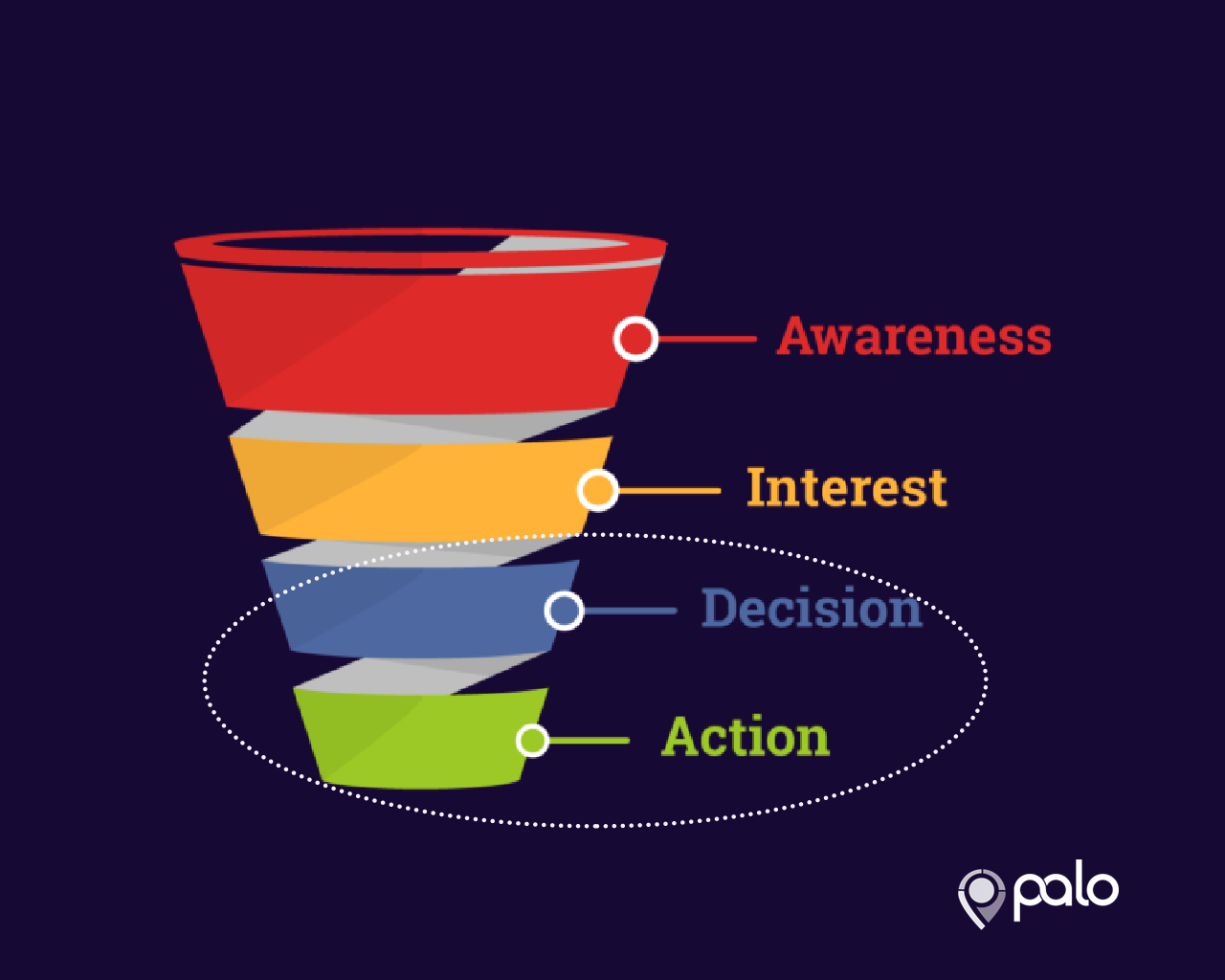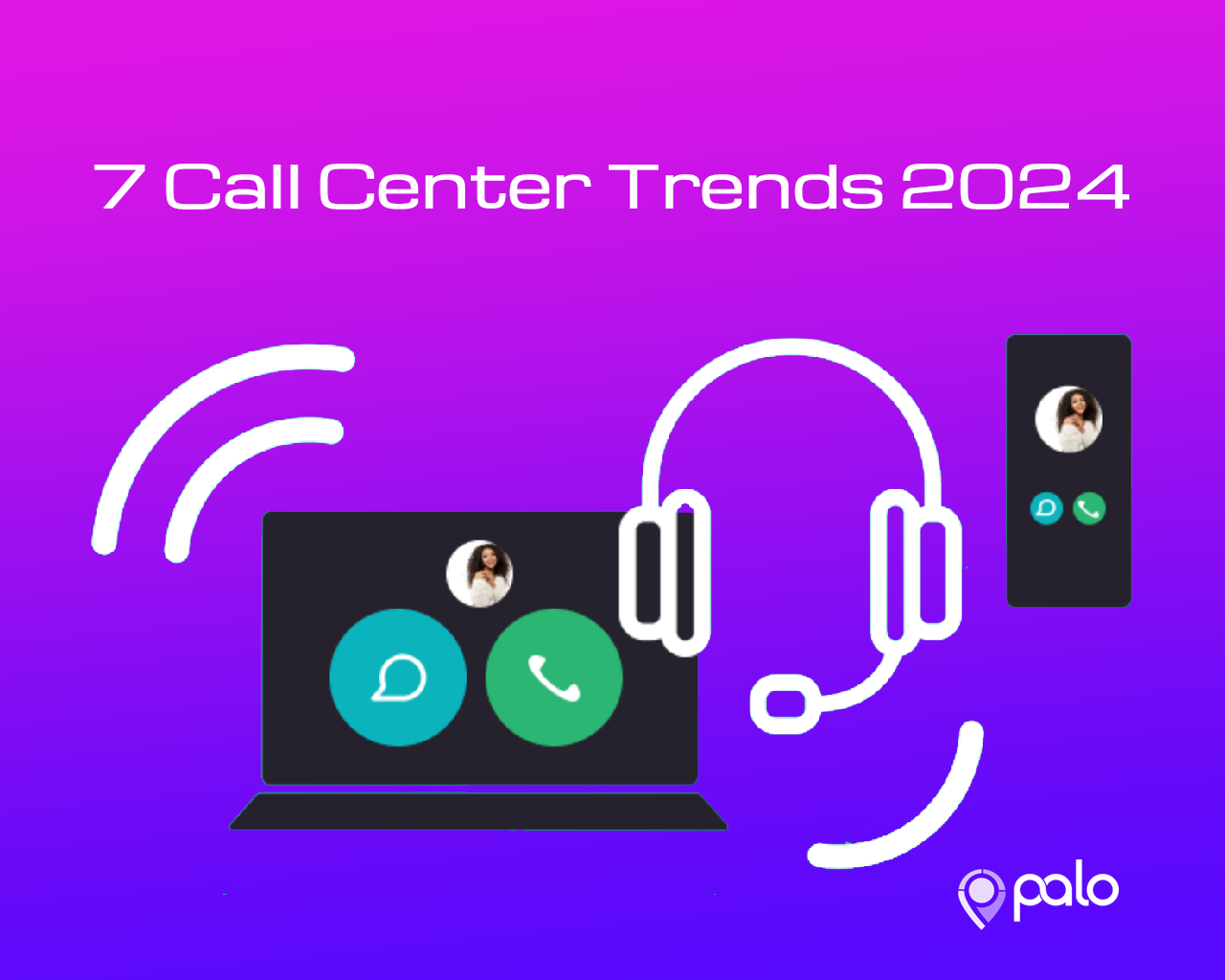
Call Attribution 101: Everything You Need to Know
The success of your business largely depends on your ability to understand your customers’ journeys. Every point of contact counts; from the customer’s initial interaction with your brand, to the final sale.
However, keeping track of every touchpoint, particularly phone calls, might be difficult. That is where call tracking attribution comes into play.
With call attribution, you can observe how your marketing campaigns develop into phone calls and how call tracking can improve that attribution.
In this post, we discuss the concept of call attribution and how you can leverage it to improve your marketing campaigns. Read on to learn more.
What Is Call Attribution?
Call attribution is a technique that business owners use to collect data by tracking calls from marketing sources, such as keywords, sessions, or campaigns.
You can use this data to analyze the effectiveness of your marketing campaigns, calculate your cost per acquisition (CPA), and determine the return on investment (ROI) of your marketing efforts.

Call attribution can especially be advantageous for a marketer looking to only invest in campaigns that deliver results.
With call attribution software, you can optimize channels you are already using, such as:
- Social Media
- Emails
- Web pages
- Newsletters
- Keywords
- Campaigns
How Does Call Attribution Work?
Call attribution software works through a blend of cookies and dynamic number insertion (DNI). DNI is a marketing analytics tool that inputs a short JavaScript code onto a website to work.
The code instantly replaces the phone number on your company’s desktop and mobile web pages, displaying a distinct trackable phone number to each visitor.
The cookies also track users as they navigate your website and act in tandem with DNI.

When a customer calls, the call attribution software records all the attribution data from the phone call and web visit.
The call attribution software platform then receives the data and makes it available to marketers so they may get personalized reports on the effectiveness of their campaigns.
What Data Does Call Attribution Software Provide Marketers?
You can collect lots of data with call attribution software, including:
- Time, date, length, and results of the call
- The area where the call was made
- The caller’s phone number (unless withheld)
- Answering point phone number
- The device used to access your website (such as an iPhone or Firefox)
- The internet service provider of the caller’s device
- Number of calls made to each web source
- Keywords used to find your website
- Online browsing activity that led to the call
- The call outcome
- Referring URL
What Are the 3 Types of Call Attribution?
Call attribution comes in three different kinds. Each type can offer valuable information on various facets of your marketing initiatives.
1. Campaign-level call attribution
You use campaign-level attribution to understand how a certain campaign led to a call. This is the simplest type of call attribution.

You set it up by assigning a unique tracking number for each campaign. When someone calls that tracking number, you can tell which campaign the call came from.
2. Session-level call attribution
Session-level call attribution helps you observe how exactly a customer engaged with your campaigns and website within a single user session before making the phone call.
You may use this caller attribution data to understand the call’s context better and make more strategic business decisions.
3. Visitor-level attribution
Visitor-level attribution is the most advanced since it offers a complete view of the customer’s path, including the interactions that led to the sale.

It records the caller attribution and profile data whenever a customer calls. To fully understand the customer journey at this level of attribution, you must integrate your call tracking and customer relations management (CRM) technology.
How Can I Close the Attribution Loop and Increase My ROI?
If your company is operating digital marketing campaigns with the primary goal of generating traffic to your website, determining your CPA can be a challenge if you don’t gather all the necessary information.
Call attribution software lets you link a call to the paid media source, enabling you to calculate ROI.
You may improve your marketing plan by gaining insight into the channels and keywords generating the most revenue.

Call attribution software also captures the keywords each caller used through access to your paid ads.
This allows you to determine which keywords are relevant to your products or services and which are effective in increasing consumer awareness of your offerings.
By integrating call attribution software with your CRM, you can follow a customer’s journey from the first call through all marketing campaigns and sales outcomes.
5 Call Attribution Best Practices
To succeed, consider following call attribution best practices outlined below:
1. Set measurable goals
Define clear and measurable goals that complement your company’s marketing plan before jumping right into call attribution.
Establish key performance indicators (KPIs), such as lead quality, cost per lead, and call-to-conversion ratios, to monitor the effectiveness of your call attribution efforts well.
These objectives serve as a baseline for assessing the effects of various marketing initiatives on call conversions.
2. Integrate call attribution data with your marketing stack
Seamlessly integrate your call attribution data with your current marketing analytics tools and CRM system to gain full insights into your marketing performance.

You can link your physical phone calls and online marketing campaigns with this interface, offering an in-depth view of the customer experience. It also makes it easier for you to make data-driven decisions about your marketing channels.
3. Allocate more funds to high-performing campaigns
Next, examine the call attribution data to determine which marketing initiatives or channels generate the most high-quality leads and sales conversions.
You can optimize your ROI and achieve better outcomes by allocating more funds to these top-performing initiatives.
This approach helps allocate your marketing resources to projects with a track record of driving valuable phone interactions.
4. Cut expenditure on low-performing campaigns
On the other hand, you can leverage call attribution data to spot ineffective campaigns that produce low-quality leads or minimal conversions.
You may eliminate wasted resources and concentrate on projects that provide greater outcomes by reallocating or lowering the budget for these campaigns.

You may use call attribution to make data-driven decisions and optimize your marketing activities for the best results.
5. Block callers who have already converted from seeing future ads
Use call attribution data to block callers who have already converted into clients from seeing future ads for the same campaign.
Doing so prevents ad fatigue and enhances the consumer experience by targeting them with relevant messages or offers, increasing the possibility of return clients and brand loyalty.
Blocking already converted callers helps maximize your ad expenditure and concentrate on attracting new potential customers.
Final Thoughts
Every effective marketing strategy needs call attribution. It enables you to calculate your cost per acquisition (CPA) and better understand the return on investment from your marketing efforts.
At PALO, we believe in the power of tracking every marketing campaign we run to maximize ROI. We focus on analyzing data and making informed marketing decisions.
Contact us today to learn about our pay-per-call offers and how they can help you achieve your business goals.






